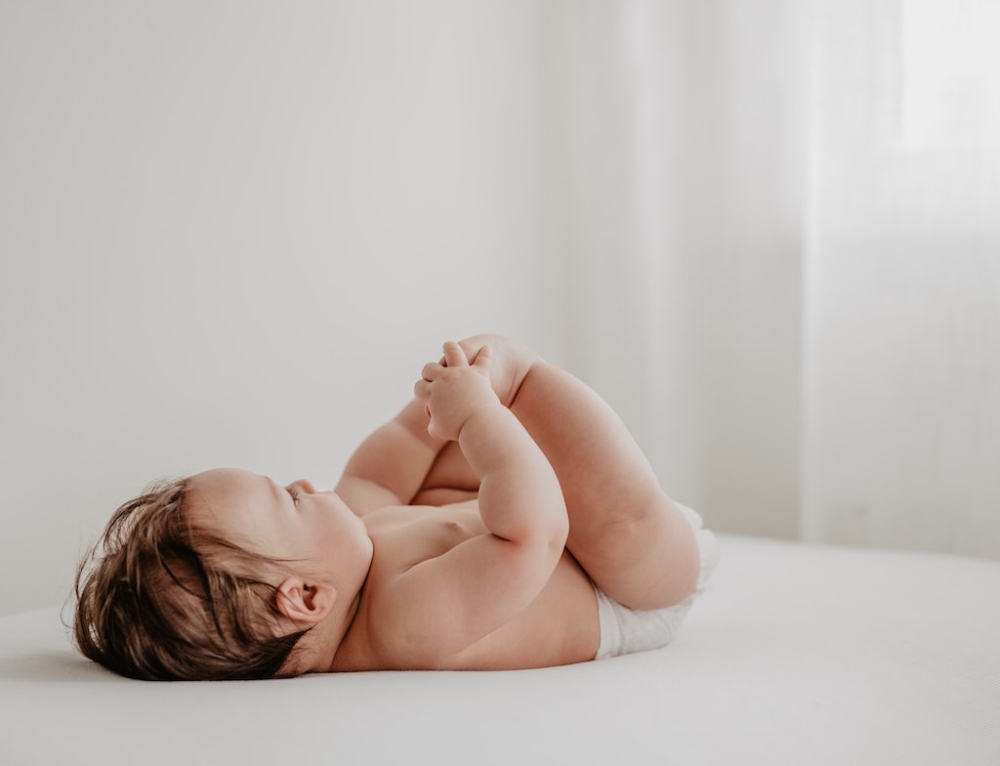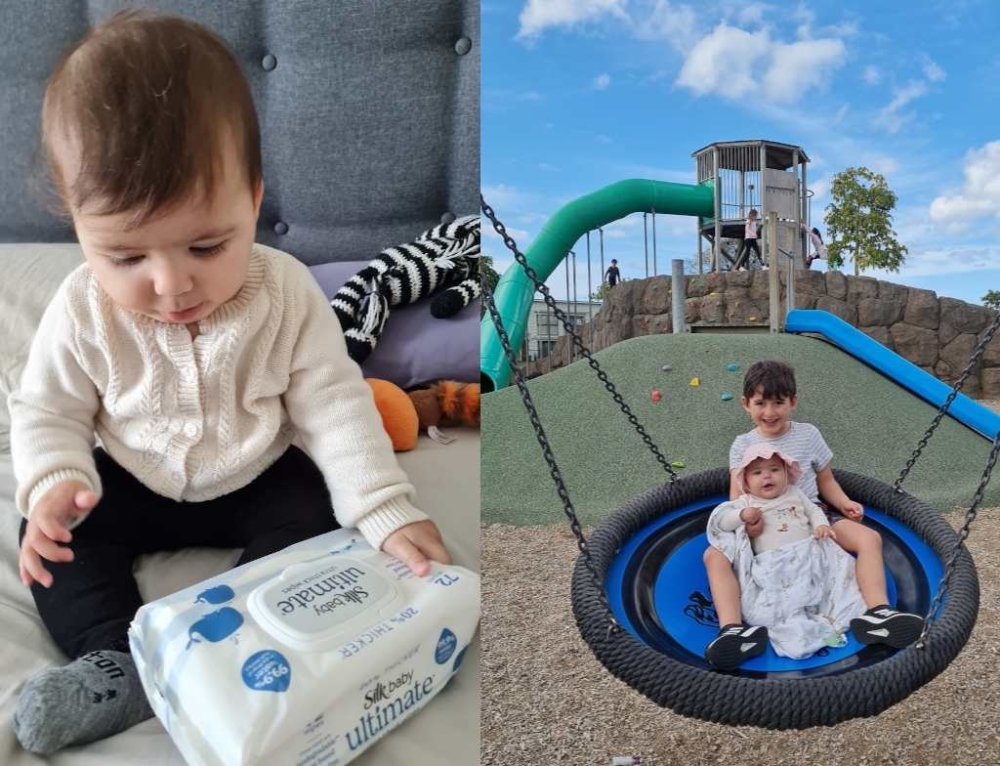New parents all know that moment; watching your angel sleeping in her crib so soundly, you begin to wonder if she is actually breathing. While it is common and normal for babies to have short breaks from breathing as they sleep, your baby may actually have sleep apnoea.
What is sleep apnoea?
Sleep apnoea is a potentially serious sleep disorder caused by abnormal pauses in breathing during sleep. There are two types of sleep apnoea:
- Central apnoea – this occurs when there are problems in the mechanisms in the brain that control breathing.
- Obstructive sleep apnoea – this occurs when the airway passage is restricted.
Sleep apnoea in babies
Central apnoea is almost exclusively a condition found in babies under 12 months old. While any baby can have sleep apnoea, premature babies are more likely to have the condition. Experts agree that the immaturity of the central nervous system is usually the cause, although it can signal other more serious health problems such as a respiratory disease, bleeding on the brain and problems with heart and blood vessels.
Periodic breathing in babies
It is common for babies under 6 months to have periodic breaks in their breathing as they sleep anything up to 20 seconds at a time is not uncommon. But when your baby stops breathing for more than 20 seconds and then gasps or gags as she commences breathing again, it is likely that she has sleep apnoea.
What are the dangers of sleep apnoea in babies?
Sleep apnoea should not be confused with SIDS – but it can be just as dangerous. When your baby suffers from sleep apnoea, with each break in her breathing, the oxygen levels in her blood can drop, which means conversely the carbon dioxide levels can rise to dangerous levels, which can become fatal.
Obstructive sleep apnoea
The more common form of sleep apnoea is Obstructive Sleep Apnoea (OSA), which is estimated to affect 1-2% of children over 12 months. Childhood obstructive sleep apnoea (OSA) is characterised by repeated episodes of partial or complete upper airway obstruction during sleep which disrupts normal breathing and sleep patterns.
Signs and symptoms of obstructive sleep apnoea
Because OSA can disrupt good sleep patterns, and therefore cause behaviour problems during the day, sometimes the symptoms of OSA can be confused with conditions such as Attention Deficit Hyperactivity Disorder (ADHD) but with close monitoring, the symptoms of Obstructive sleep apnoea become easy to identify. The most common symptoms are:
Night time symptoms:
- Snoring
- Breathing through the mouth
- Pauses in breathing
- Frequent urination at night or bedwetting
Daytime symptoms:
- Excessive sleepiness
- Learning problems
- Behavioural issues including problems paying attention , being aggressive and hyperactive
- Failure to thrive
Diagnosing OSA
The most common reason children develop OSA is because of enlarged tonsils or adenoids. Another risk factor for developing OSA is obesity. If your doctor suspects that your child may be suffering from OSA due to enlarged tonsils and adenoids, they may refer you to a ear, nose and throat specialist or a paediatrician. They may suggest a sleep study.
A sleep study, officially called Polysomnography, involves wiring your child up to computers that measure chest movement, oxygen levels, REM, leg movement, brain and heart activity while she sleeps. Older children are usually studies overnight, and babies during the day. The measurements are non-invasive and parents are welcome to stay with their children the whole time.
Treatment options
If sleep studies show that your child has sleep apnoea, there are a couple of different treatment options available:
Surgery
For children who have enlarged tonsils or adenoids, surgery may be recommended to remove them. The surgery, called Adenotonsillectomy has a success rate of about 80% in curing OSA. In some circumstances, the tonsils and adenoids can grow back, which then increases the chances of OSA returning and therefore the need for more surgery.
Continuous Positive Airway Pressure (CPAP) mask
Your doctor or specialist may recommend a CPAP mask if your child’s obstructive sleep apnoea is severe and surgery is not plausible. A pump continuously blows air through the mask and into your child’s nose. The continuous pressure from the air prevents the collapse of the upper airway, thus reducing the symptoms of OSA. However, this form of treatment doesn’t cure OSA – it merely reduces the symptoms while the mask is worn.
Lifestyle changes
Certain lifestyle factors may increase OSA. These include:
- Obesity – if your child has a weight problem, your doctor may suggest that she goes on a weight management program.
- Sleeping on her back because sleeping on her back may be causing her airway to collapse during sleep, you may find that your child symptoms improve if she sleeps on her side.
- Poor sleeping habits- Irregular bedtime and waking times can affect the overall quality of sleep and severity of OSA, so a good sleep routine should put in place.
Supplementary products and therapies
New products and therapies are under review to improve OSA, with two of the most promising being:
- An oral appliance like a dental plate. This is designed to move the lower jaw down and forward slightly to open up the airway. Many paediatric dentists are now offering this therapy for kids with OSA. However, like CPAP, it only reduces the symptoms while the plate is in use.
- Nasal steroid sprays may be effective in treating mild OSA in children, with a Cochrane review suggesting that these anti-inflammatory drugs may reduce the symptoms of the condition.







Leave A Comment
You must be logged in to post a comment.